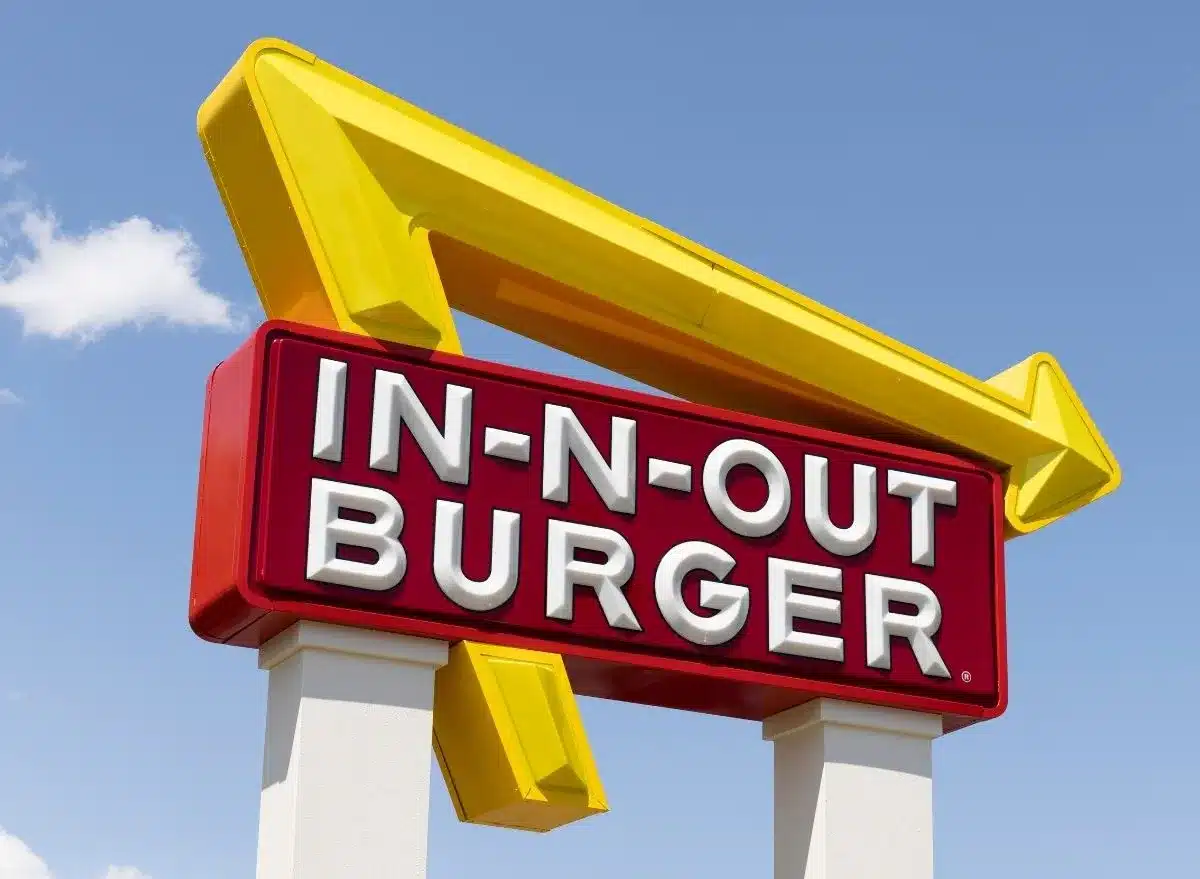In-N-Out Franchise FDD, Profits & Costs (2025)

In-N-Out Burger is a privately-owned fast-food chain. It was founded in Baldwin Park, California, in 1948 by Harry and Esther Snyder. Today, it is headquartered in Irvine, California. The brand has grown steadily and now operates around 400 locations in California, Arizona, Nevada, Utah, Texas, Oregon, Idaho, and Colorado.
In-N-Out plans to expand into New Mexico and Tennessee. Unlike other chains, In-N-Out does not franchise or go public. Lynsi Snyder, the founders’ only grandchild, is the current owner and president. She emphasizes quality control and consistent service to preserve the family legacy.
The chain is known for its fresh ingredients. They ban the use of heat lamps, microwaves, and freezers. Their beef is ground in-house and delivered fresh. Buns are made with slow-rising dough daily. This dedication to quality and well-trained employees enhances customer service.
In-N-Out maintains its 1950s red-and-white design and simple menu. The brand’s commitment to quality and consistency has built a loyal customer base and strong market presence.
Initial Investment
How much does it cost to start a In-N-Out franchise? In-N-Out does not offer franchise opportunities, as all of its locations are company-owned.
Therefore, it is not possible to start a In-N-Out franchise, and there is no associated cost for franchising with the company.
However, for similar burger restaurant franchises in the industry, the initial investment is on average $1,456,000, ranging from $156,000 to $6,867,000.
Here are a few comparable burger franchises with their initial investment requirements. For example, starting a McDonald’s franchised restaurant, in comparison, would cost you anywhere from $521,000 to $2,503,000.

Average Revenue (AUV)
How much revenue can you make with a In-N-Out franchise? Since the chain does not franchise its restaurants and all locations are company-owned, In-N-Out does not publish a Franchise Disclosure Document. Therefore, it does not disclose the average revenue of its restaurants.
However, looking at comparable franchises, a similar franchised burger restaurant in the food industry makes on average $1,548,000 in revenue (AUV) per year.
Below are 10 In-N-Out competitors and their average yearly revenue as a comparison:

Frequently Asked Questions
How many In-N-Out locations are there?
As of the latest data, In-N-Out Burger has approximately 400 locations. In-N-Out Burger operates approximately 400 locations, all of which are company-owned. These are primarily located in California, with additional locations in Arizona, Nevada, Utah, Texas, Oregon, Idaho, and Colorado. There are also plans for expansion into New Mexico and Tennessee.
What is the total investment required to open a In-N-Out franchise?
In-N-Out does not offer franchise opportunities and therefore, it is not possible to establish the initial investment to start a In-N-Out franchise.
However, the total investment required to open a franchised restaurant similar to In-N-Out franchise ranges from $156,000 to $6,867,000.
What are the ongoing fees for a In-N-Out franchise?
Since In-N-Out does not offer franchises and all stores are company-owned, the ongoing fees such as royalty fees or advertising fees associated with franchising the brand are not readily available.
Yet, similar burger franchises in the industry charge an average of 4%-6% in royalty fees and 4%-5% in advertising fees ( e.g.Burger Kings).
What are the financial requirements to become a In-N-Out franchisee?
All In-N-Out locations are company-owned, and the brand does not offer opportunities for independent ownership or franchising. Therefore, it is not possible to meet any financial requirements or apply to become a franchisee with In-N-Out.
However, for comparison, the industry average for fast-food franchises typically requires a minimum net worth ranging from $500,000 to $1 million and liquid capital of at least $250,000 to $500,000. These figures can vary significantly depending on the specific franchise brand, location, and market conditions.
How much can a In-N-Out franchise owner expect to earn?
Since In-N-Out is entirely company-owned and does not operate as a franchise, there is no earning potential for a In-N-Out franchise owner.
The average gross sales for a burger franchise similar to In-N-Out franchise is approximately $1,548,000 per store.
Assuming a 15% operating profit margin, $1,548,000 yearly revenue would result in $232,200 EBITDA annually.
Who owns In-N-Out?
In-N-Out Burger is owned by Lynsi Snyder, the sole grandchild of the founders, Harry and Esther Snyder. Lynsi Snyder took over the company as president in 2010 and has full control over the chain, which remains privately owned. The Snyder family has maintained complete ownership of In-N-Out since its founding in 1948.
Disclaimer
Disclaimer: This content has been made for informational and educational purposes only. SharpSheets is an independent educational resource and is not affiliated with, endorsed by, or representing any franchisor mentioned on this website. Where noted, figures are taken from the franchisor’s Franchise Disclosure Document (FDD). In some cases, we may provide independent calculations or estimates based on publicly available information. We do not make any representation or warranties with respect to the accuracy, applicability, fitness, or completeness of the information presented in the article. You should not construe any such information or other material as legal, tax, investment, financial, or other professional advice. Nothing contained in this article constitutes a solicitation, recommendation, endorsement, advertisement, or offer to buy or sell any franchises, securities, or other financial instruments in this or in any other jurisdiction in which such solicitation or offer would be unlawful under the franchise and/or securities laws of such jurisdiction.
All content in this article is information of a general nature and does not address the detailed circumstances of any particular individual or entity. Nothing in the article constitutes professional and/or financial and/or legal advice, nor does any information in the article constitute a comprehensive or complete statement of the matters discussed or the law relating thereto. You alone assume the sole responsibility of evaluating the merits and risks associated with the use of any information or other content in this article before making any decisions based on such information or other content.



